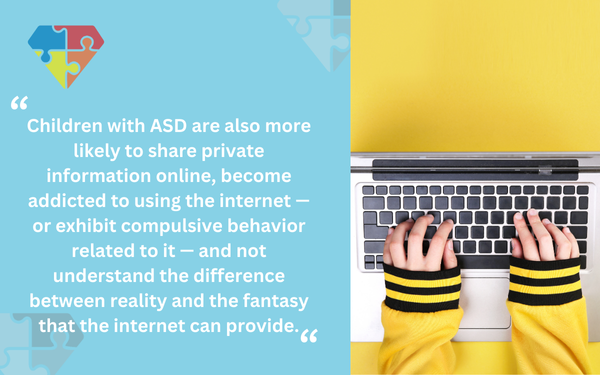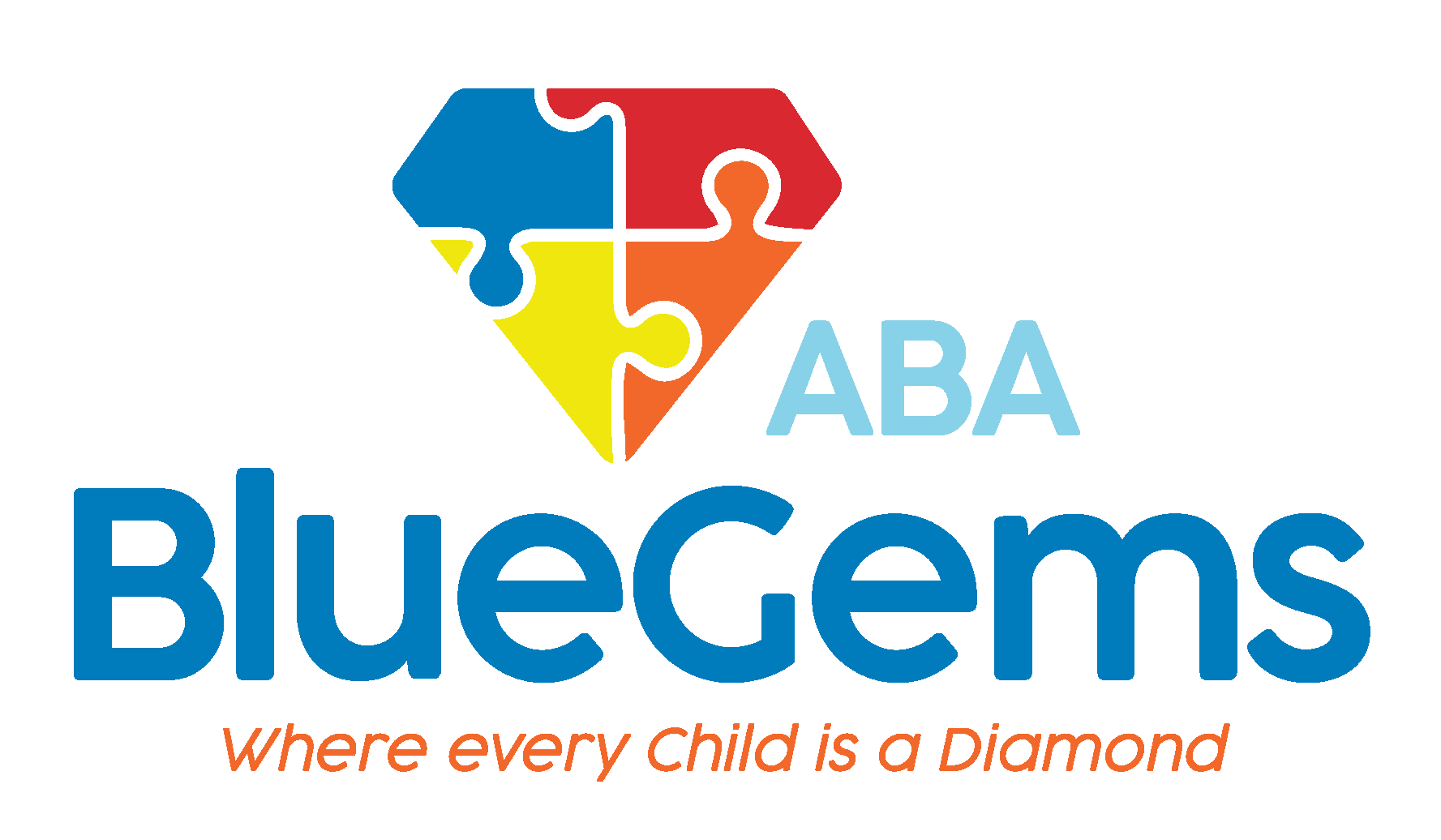Understanding Online Safety with ABA
The Internet is a powerful and essential tool for everyone, including kids. It plays an important role in everything from research and learning, to completing and submitting assignments in school, to building friendships.
Unfortunately, there are a lot of dangers online as well, which is why internet safety is being taught to children from a relatively young age.
While it’s important for all children to understand online safety, it’s especially so for the most vulnerable children, including those with autism spectrum disorder (ASD). Because of how the neurodevelopmental disorder affects their brain and processing, children with autism may be more susceptible to falling prey to the biggest threats online, including bullying, harassment and scams.
In this article, we discuss how the leading treatment for children with autism, known as applied behavior analysis (ABA therapy), can teach patients about online safety.
Table Of Contents
Are Children with Autism More At-Risk to Online Threats?
Research has shown that children with autism might be more at risk to some of the serious threats that the internet poses. One study, for example, found that children on the autism spectrum were less likely to block websites or people online, when compared to their neurotypical peers.
This could lead them to being more exposed to some of the biggest online threats. They might see content that isn’t appropriate for them and be in contact with people they shouldn’t. This could lead to them being bullied, harassed and more susceptible to scams.
Children with ASD are also more likely to share private information online, become addicted to using the internet — or exhibit compulsive behavior related to it — and not understand the difference between reality and the fantasy that the internet can provide.

All of this makes it essential that they are taught how to understand online safety.
How Can ABA Therapy Teach Online Safety?
ABA therapy follows many different strategies that can prove effective at teaching online safety. This is because many of these strategies focus on breaking down complex concepts into easier-to-grasp individual steps.
One such strategy is called Behavioral Skills Training, or BST. This method can result in children learning safety skills across various digital environments.
Through BST, ABA therapists will model online safety skills for their patients and then rehearse different scenarios that they may encounter online. These scenarios will be related to the interactions they’re most likely to have online, which allows the children to apply the skills they’re learning in a safe and structured environment.
These skills can be enhanced even more through In Situ Training, or IST. This ABA therapy strategy can take their skills to the next level by immediately practicing them in their own environment.
Once the patient has shown mastery of these skills in simulated and controlled environments, therapists will help them generalize the skills so they can use them in various contexts. This ensures that the children have a deep understanding of what appropriate behaviors are online, and how to recognize common threats.
By integrating real-life situations into the lessons, therapists can better teach online safety such as how to navigate different social media platforms or how to recognize threats online when they’re using different devices.
Throughout the entire process, the therapist will be integrating positive reinforcement to reward the patient for building skills. They’ll also be collecting a lot of data so they can analyze it later to assess whether the child is progressing toward their online safety goals.
What Are Other Important Aspects of Teaching Children with ASD Online Safety?
Another essential component of teaching children online safety is parental involvement. This is key in all aspects of ABA therapy treatment programs, as it is the parents who spend the most time around their children in the real world.
When parents are brought into ABA therapy sessions, they can be taught the strategies and tools that therapists use in session so they can reinforce those skills after sessions are over.
Providing children with autism consistency in how skills are taught is a crucial aspect of the success of ABA therapy. When it comes to online safety, parents can reinforce the safety strategies that were taught in sessions at home, which ensures that the child is able to apply those lessons learned into their everyday online experiences.
Children with ASD Can Learn Online Safety at Blue Gems ABA
Online safety is paramount for all children, regardless of their developmental ability. It’s especially so for children with ASD, though, as they are often much more susceptible to falling prey to the various threats found on the internet today.
At Blue Gems ABA, we teach children with autism how to understand online safety so that they can navigate the internet with confidence and reduce the likelihood that they are bullied, harassed or scammed, and that they don’t consume content that isn’t appropriate for them.
To learn more, please contact us today.




